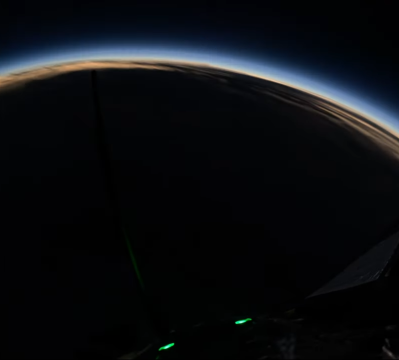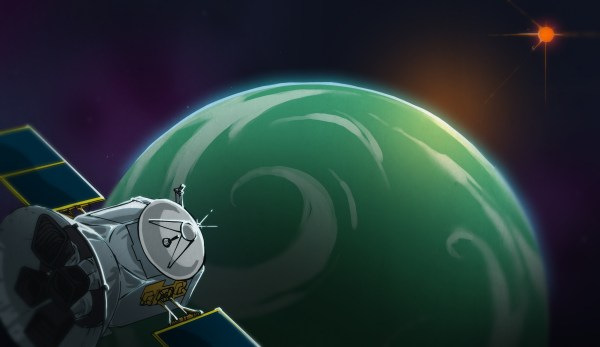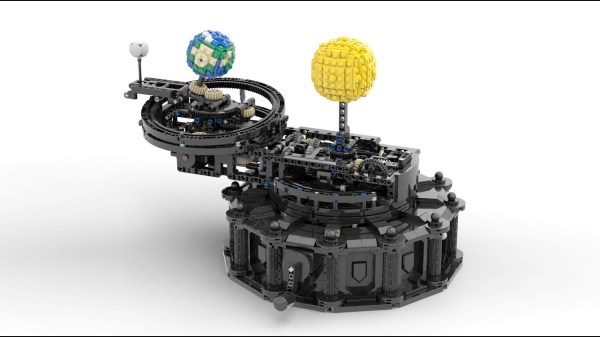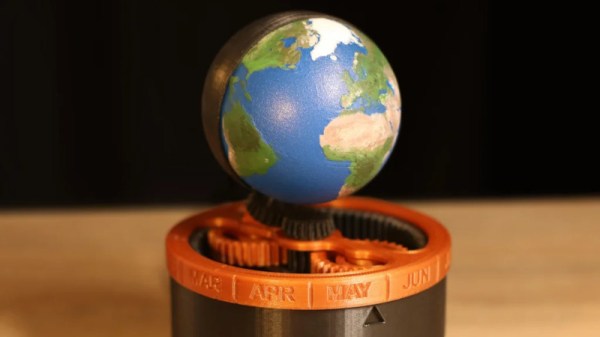
In an Earth-sized take on the age-old ‘correlation or causality’ question, researchers have come across a fascinating match between Earth’s magnetic field and its oxygen levels since the Cambrian explosion, about 500 million years ago. The full results by [Weijia Kuang] et al. were published in Science Advances, where the authors speculate that this high correlation between the geomagnetic dipole and oxygen levels as recorded in the Earth’s geological mineral record may be indicative of the Earth’s geological processes affecting the evolution of lifeforms in its biosphere.
As with any such correlation, one has to entertain the notion that said correlation might be spurious or indirectly related before assuming a strong causal link. Here it is for example known already that the solar winds affect the Earth’s atmosphere and with it the geomagnetic field, as more intense solar winds increase the loss of oxygen into space, but this does not affect the strength of the geomagnetic field, just its shape. The question is thus whether there is a mechanism that would affect this field strength and consequently cause the loss of oxygen to the solar winds to spike.
Here the authors suggest that the Earth’s core dynamics – critical to the geomagnetic field – may play a major role, with conceivably the core-mantle interactions over the course of millions of years affecting it. As supercontinents like Pangea formed, broke up and partially reformed again, the impact of this material solidifying and melting could have been the underlying cause of these fluctuations in oxygen and magnetic field strength levels.
Although hard to say at this point in time, it may very well be that this correlation is causal, albeit as symptoms of activity of the Earth’s core and liquid mantle.



















